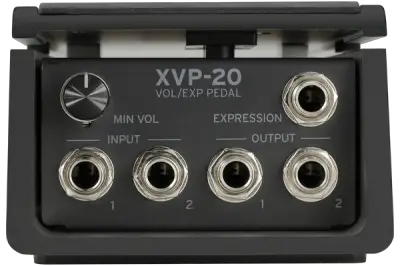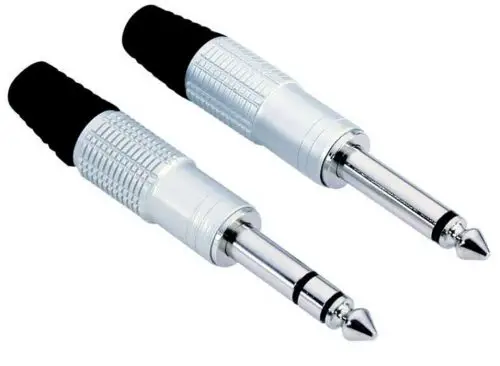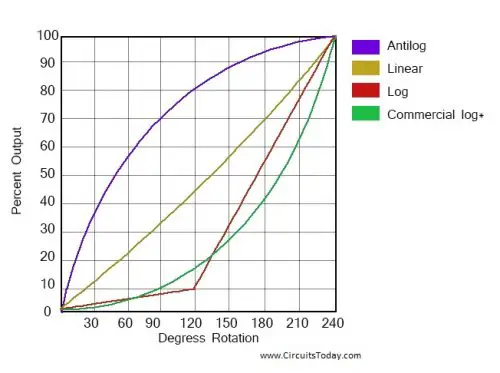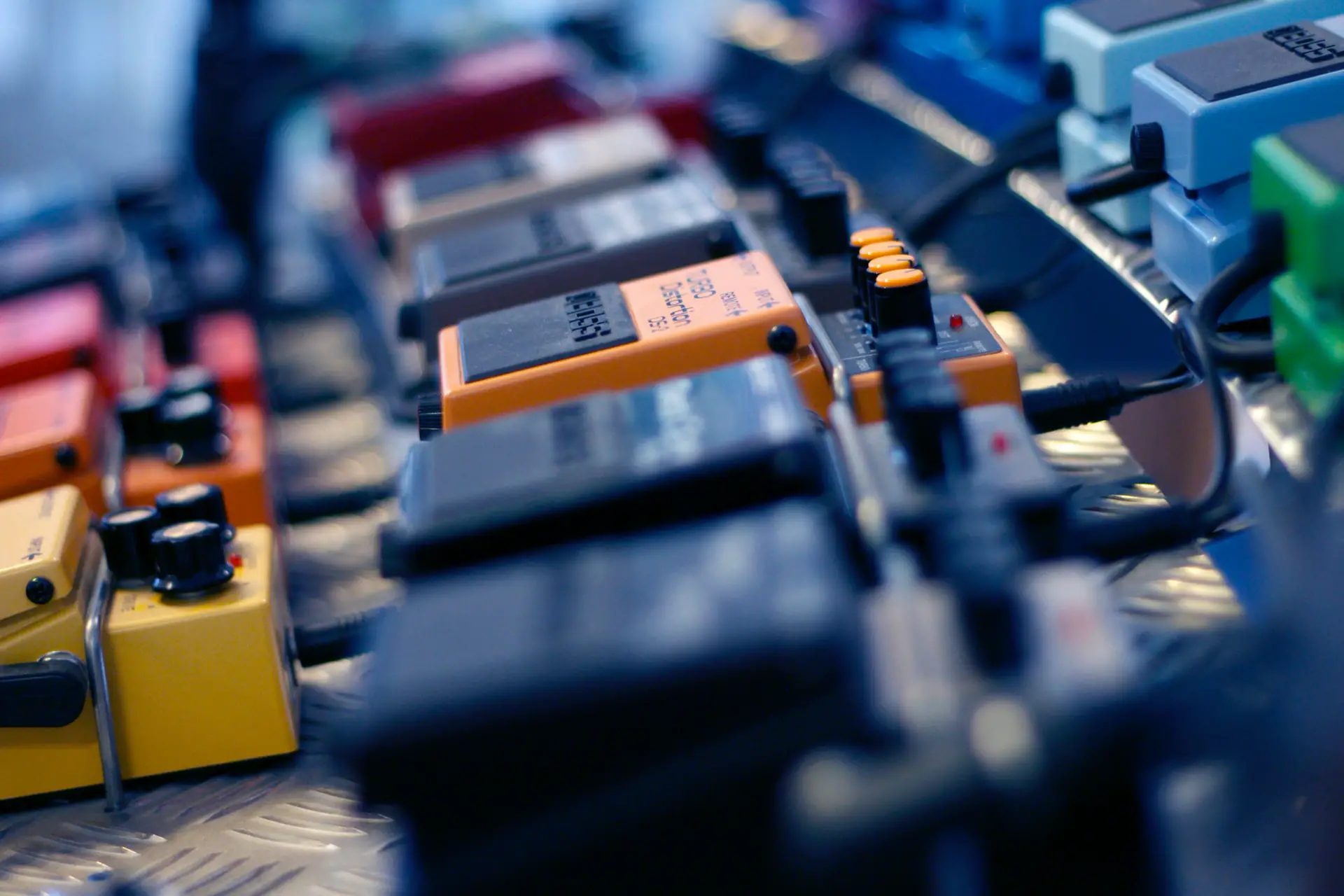Wah pedal provides the ‘wah wah’ sound effects to your instrument – suitable in funky music. Whereas a volume pedal changes the sound of your instrument like a volume knob but with foot.
Both the wah pedal and volume pedal can connect directly to the instrument, modify the electrical signal and carry it forward.
Expression pedal can only connect to another pedal and change the settings of that pedal using your foot.
Expression pedal does not connect directly to your instrument like guitar or keyboard. Instead, they only have 1 output jack – allowing you to connect the expression pedal to another pedal.
Expression pedal is the most complicated of the bunch. I know that very well because I still remember how confused I was when I first started out.
In this article, I am going to compare the 3 most popular pedals: wah, volume and expression. I will go in detail on below topics:
- Wah Pedal Vs Expression Vs Volume (Detailed comparison)
- Using Wah Pedal As Expression
- Using Volume Pedal as Expression
- My Recommended Pedals
Trust me – after this article, these 3 pedals will be clear to you and you should know which one you need.
Wah Pedal Vs Volume Vs Expression
| Wah | Volume | Expression | |
| Usage | Funky sound effects | Adjust volume using foot | Adjust settings of other pedal |
| Input / Output | Input & Output | Input & Output | Output only |
| Cable | TS cable | TS cable | TRS Cable |
| Placement / Connection | Instrument or pedal | Instrument or pedal | Pedal only |
Usage: Wah Pedal Vs Volume Vs Expression
Wah pedal is used to provide that ‘wah wah’ sound effect when you step on the pedal – very suitable for funky and rock music.
The wah pedal works by changing the peak frequency in your sound signal – it typically weakens the frequency signals on both high and low end – and strengthens the mid frequency signals.
It’s hard to describe the sound effects of the wah pedal, I include sound samples at the bottom. You can check it out later.
Volume pedal is used to increase or decrease the volume of your music using your foot, instead of the volume knob. This gives the swelling sound effects.
The volume pedal works by weakening the incoming sound signal. This is different from using the volume knob on your instrument because the volume knob can only lower the sound signal from your instrument.
Whereas the volume pedal can be used to lower the volume after it has gone through all the other effects pedal in the chain.
With a volume pedal, you can make sure the other effects pedal receives enough sound signal, work on it and then lower or increase the volume as a whole unit.
Expression pedal is used to configure settings from different pedals. Expression pedal is flexible, it plugs into another pedal and allows you to control more settings on the connected pedal by using your foot (not knob).
If you have an amp modeler or fx processor software, you can even use your expression pedal to control settings from multiple pedals at once.
An expression pedal is very flexible and can be used to control many things that you connect it to.
Just beware that an expression pedal only has an output signal – meaning it cannot be used to carry over the signal into the next pedal like your regular pedals would.
Let’s talk about input / output now.
Input / Output: Wah Pedal Vs Volume Vs Expression
Both wah and volume pedal have input and output jacks. This allows you to place the pedals anywhere within your rig setup – they can receive signals, update them and carry over.
Expression pedal only has an output jack. You need to connect the expression pedal directly to another pedal. Expression pedal cannot be used to carry over signals.
Expression pedal can only be connected to a dedicated ‘expression pedal’ input. Which means, if your pedal doesn’t have this input, then you cannot connect the expression pedal.
This is also why you don’t connect an expression pedal directly to your instrument. You connect the expression pedal to another pedal – allowing you to control more settings on the connected pedal with your foot.

Expression pedal requires special input jack.
Cable: Wah Pedal Vs Volume Vs Expression
Wah and volume pedal both work with the regular ¼ inch cable (TS cable). Whereas an expression pedal only works with a TRS cable.
TS cable and TRS cables look very similar. However, a TS cable has two conductors – whereas the TRS cable has three. They may look similar on the outside but inside the TRS cable is made of more components.
When buying an expression cable, make sure you buy a TRS cable too (if it doesn’t come included).

TRS cable vs TS cable. TRS cable has 2 black lines like the picture.
Placement: Wah Pedal Vs Volume Vs Expression
With wah and volume pedal, you are free to place it anywhere within your rig setup. Both wah and volume have input / output jacks and can carry over the signal.
Expression pedal cannot be connected directly to the instrument, so it cannot be the first connection. Expression pedal only has output jacks.
Placement is another big topic for pedals – because you may get different sound effects, depending on where you place the pedals.
I suggest you research and try around different placements if you are using regular pedals like wah and volume.
Sound Sample: Wah Pedal Vs Volume Vs Expression
Wah pedal sound demo
Volume pedal sound demo
Expression pedal demo. This video shows you how the expression pedal can be connected to different pedals and control different things.
Can You Use a Wah Pedal As Expression?
You cannot use a wah pedal as an expression pedal because the input / output jacks don’t match and the wah pedal works with different progression.
An expression pedal changes the sound signal linearly – which means the movement on the expression pedal updates the sound signal equally from beginning to end.
For example, if an expression pedal is connected to a volume pedal, 10% movement on the expression pedal will change 10% of the volume. 100% movement impacts 100% of the volume – it’s linear.
On the other hand, the wah pedal does not operate linearly. The first 30% of movement on the wah pedal will provide the most sound effects. Pressing the remaining 70% of the wah pedal will give more sound effects but it won’t change too much.
It’s important for the wah pedal to not operate linearly because the ‘wah’ sound effects are meant to be dramatic and distinct.
Look at the graph below to see how the expression pedal and wah pedal progresses.
If you really want to use your wah pedal as an expression pedal, you need to somehow remodel the progression using a software map(If it’s even possible).

Expression pedal progresses linearly (yellow line) Vs Wah pedal progresses in anti log (purple)
Can You Use a Volume Pedal As Expression?
You cannot use a volume pedal as an expression pedal because (again), the input / output jacks don’t match and the volume pedal works with different progression.
Very similarly, the main problem is the progression. A volume pedal also does not operate linearly.
Pressing the first 30% of the volume pedal will only change the sound signals by a bit. Whereas pressing the final 30% of the volume pedal will change the volume most.
This is intended to make the volume pedal less sensitive in the lower ranges to make it easier to control.
On the other hand, an expression pedal must work linearly – a 20% press on the pedal equal to 20% change to sound.
You will need software to recalibrate the volume pedal to work linearly – if you want to use it as an expression pedal (if at all possible).
My Recommended Pedal
If you are looking to buy any of these pedals, here are the pedals that I personally use right now.





